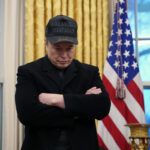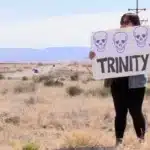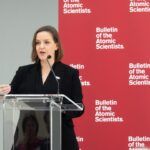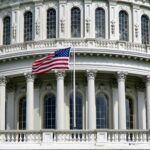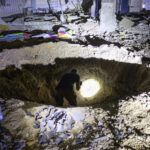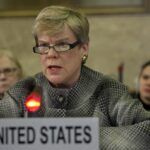Susan Southard: Unveiling the aftermath of nuclear war
By Dawn Stover | July 3, 2016

In this interview, author and theater director Susan Southard discusses her book Nagasaki: Life After Nuclear War, an award-winning history of the atomic bombing of Nagasaki and its enduring impact over 70 years. Southard talks about the physical and emotional impacts of the bombing on its survivors; the differences between the Hiroshima and Nagasaki bombings; and the controversy surrounding the American narrative that the bombings were necessary to end the war and save American lives. She emphasizes the importance of survivors’ stories for putting nuclear war in historical context, and for understanding the ongoing risk of an intentional or accidental nuclear explosion.
Together, we make the world safer.
The Bulletin elevates expert voices above the noise. But as an independent nonprofit organization, our operations depend on the support of readers like you. Help us continue to deliver quality journalism that holds leaders accountable. Your support of our work at any level is important. In return, we promise our coverage will be understandable, influential, vigilant, solution-oriented, and fair-minded. Together we can make a difference.
Issue: Bulletin of the Atomic Scientists Volume 72 Issue 4
Keywords: Hiroshima, Nagasaki, atomic bomb, hibakusha, radiation, stories, survivors
Topics: Interviews


